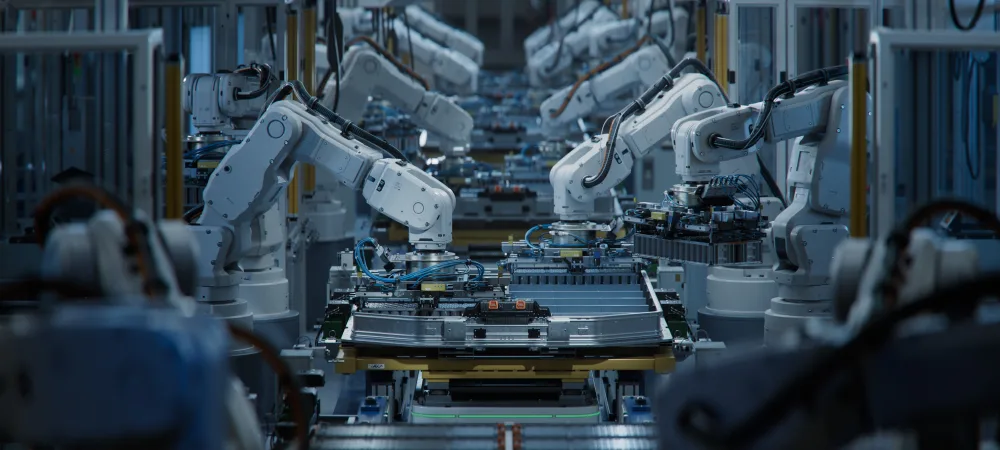Designer or administrator?


Succession is currently dominating events: On the executive floors, Generation X is following the baby boomers, and among employees, the millennials are taking over. And in corporate IT, S/4 is replacing Hana Business Suite or even R/3. What's remarkable here is that while everyone keeps talking about how we absolutely have to be innovative and constantly reinvent ourselves, we have a hard time dealing with the natural generational change.
It could be so simple - a new generation of people is shaping a new generation of software. Instead, the situation on the market currently shows that historically grown structures continue to persist and exhibit a high level of complexity, which makes transformation a rather demanding task. So how can this complexity be broken down and thus change actively shaped, instead of just reactively managing SAP's product cycle?
SAP offers several approaches to this; "Rise with SAP" is the latest initiative from Walldorf. Here, several Intelligent Enterprise modules are combined into a single subscription model. The message is simple: SAP and its partners manage the technical complexity, while customers concentrate on their business challenges.
Rise is a single-contract offering that provides a path to the smart enterprise for every customer, regardless of starting point or complexity. Subscription-based offerings have a single responsible contractor for service level agreement (SLA), operations, and support.
The holistic approach helps companies to fundamentally change their business. It goes beyond a technical migration to the cloud to enable a continuous transformation towards the Intelligent Enterprise.
In this context, the Intelligent Enterprise is not a finished product, but rather a holistic approach to establishing a system architecture that makes the insights of the business units transparent to everyone.
Meeting the end-to-end demands of businesses, even though the data is in silos - that's the challenge. Making the information available visually concise on all channels at the push of a button is a clear expectation of the users.
In this interplay, a new generation of IT leaders and a new generation of SAP users can shape different ways of approaching and working with innovative technologies. And it is precisely this combination that is driving change.
Instagram-style work requires a smartphone, Google-like response times require in-memory technology, end-to-end thinking no longer accepts hurdles through system boundaries.
Also new are the possibilities of the Intelligent Enterprise in terms of the understanding of value that a new generation brings with it. After all, success is no longer defined exclusively by sales and profits - as Corona shows. Rather, the focus is on employees and values such as sustainability and social commitment (corporate social responsibility).
Because - and this is what concerns us all - what use is all the technology if there is no added value for people? If IT managers with the value understanding of a Millennial focus on people and sustainability, the vision of the Intelligent Enterprise can become reality. A new generation of employees wants more, and the new generation of software can do more!
So the crux of the matter is: There is no blueprint for the Intelligent Enterprise. Rather, it's a composition of innovation, creativity and value focus. An answer to: What do I want to be? How can I achieve it? At this point, the IT leader moves from being an administrator to a shaper. What is needed for this is courage, people, togetherness - and if the new technology helps us, then bring it on.








